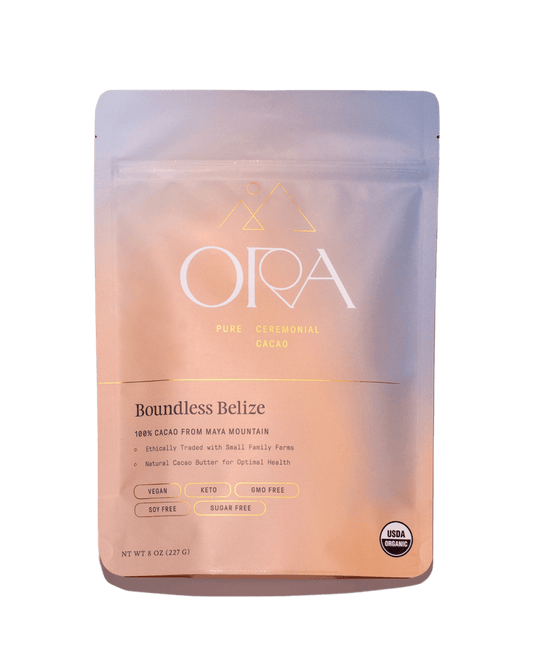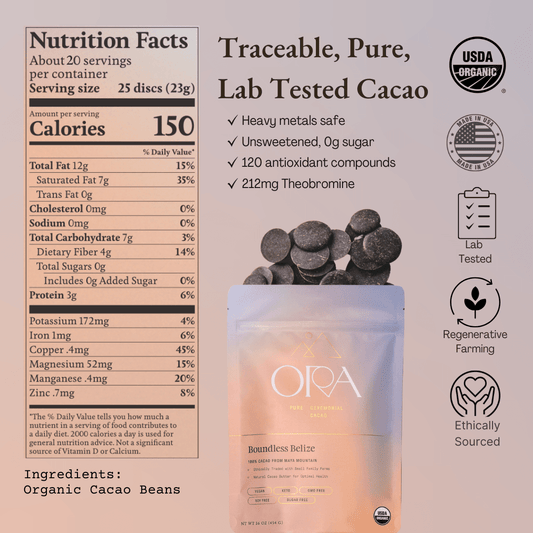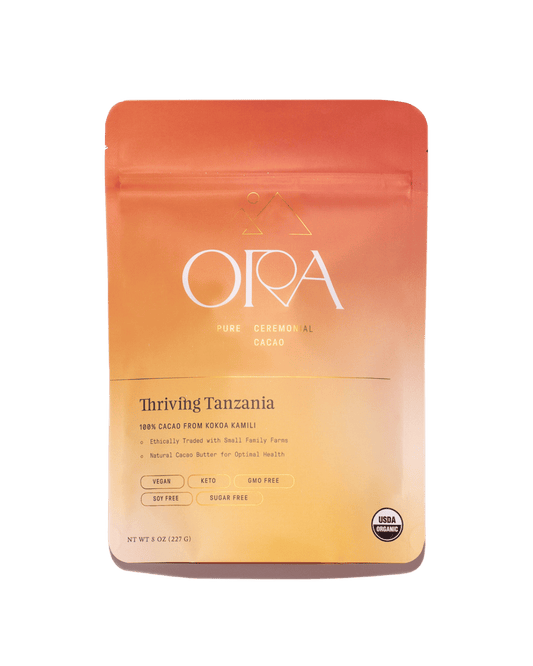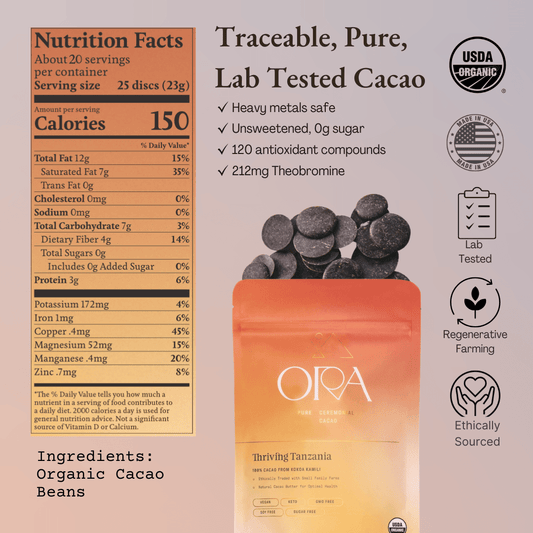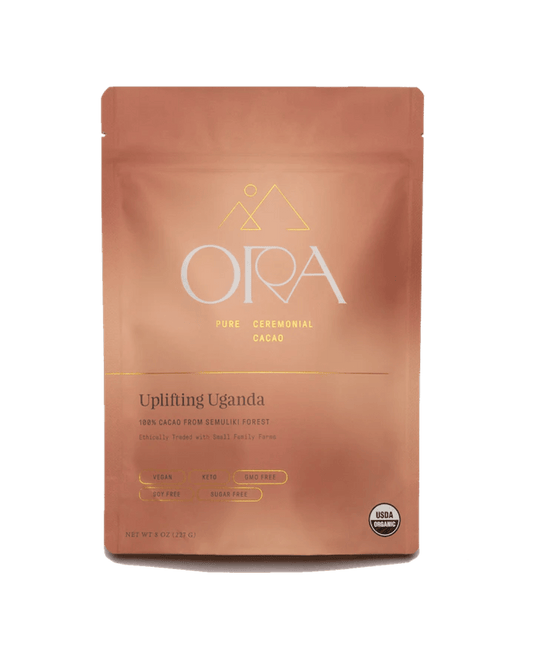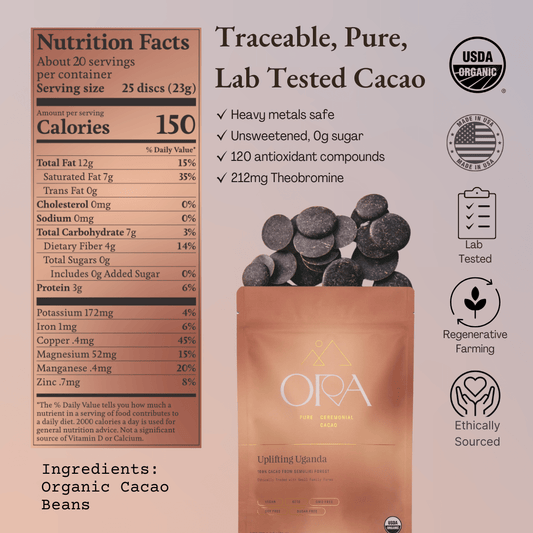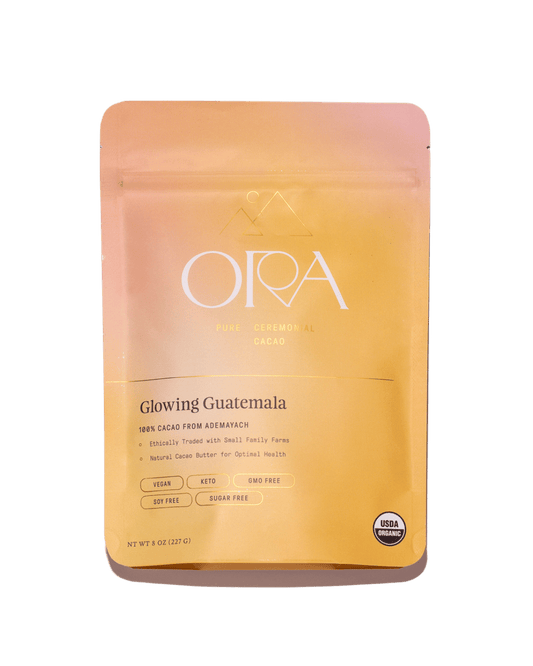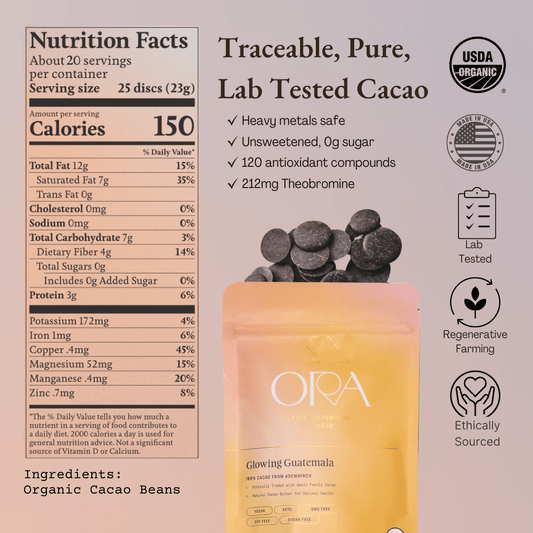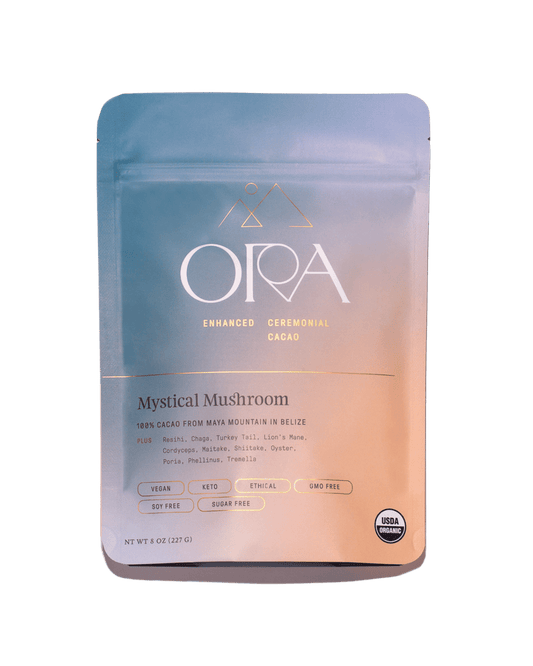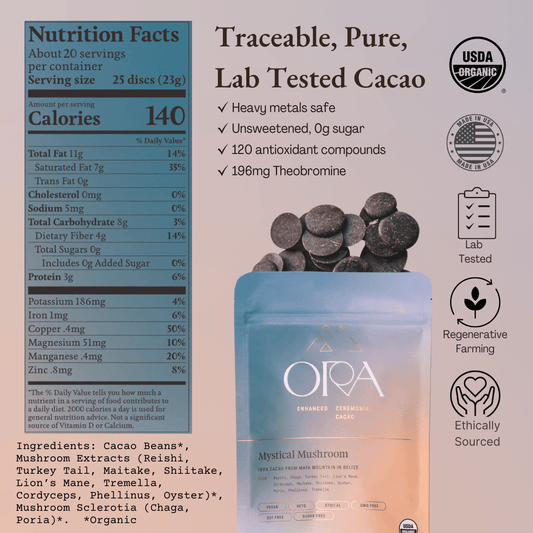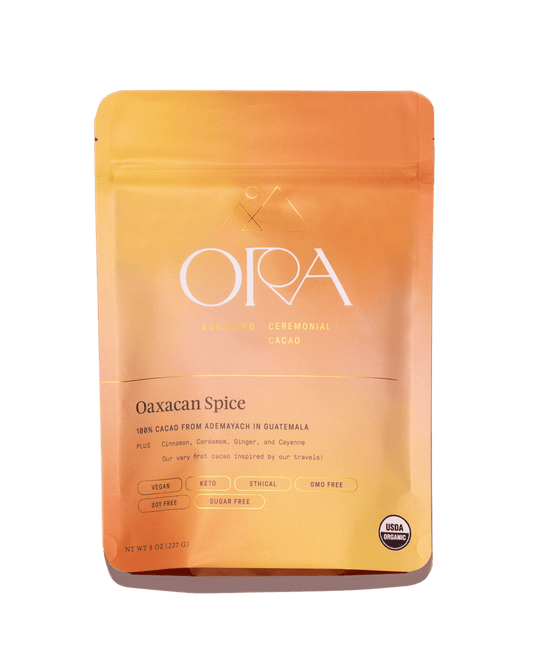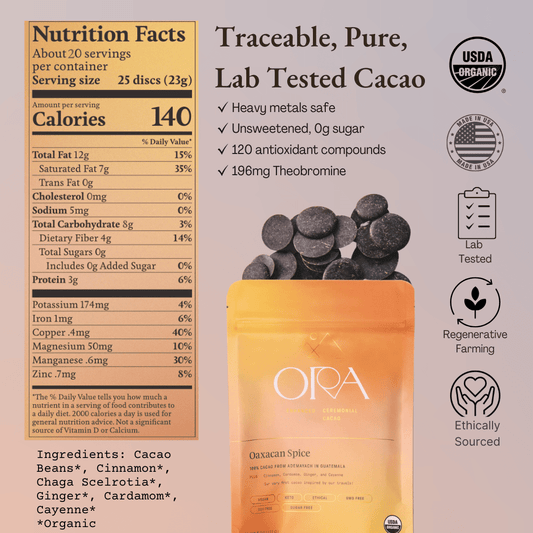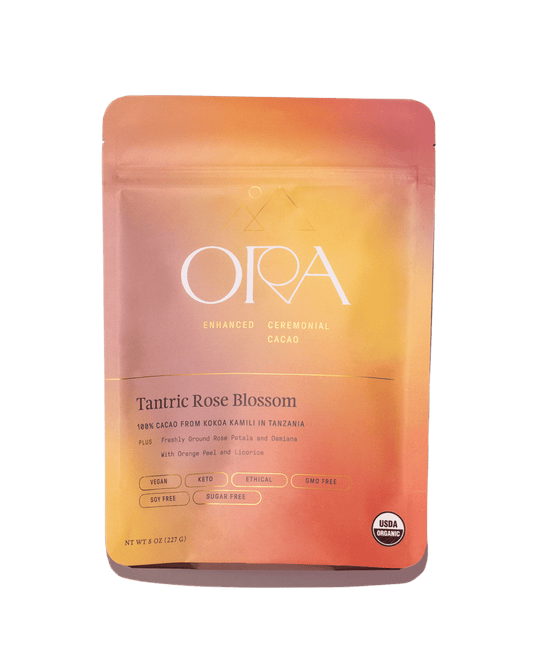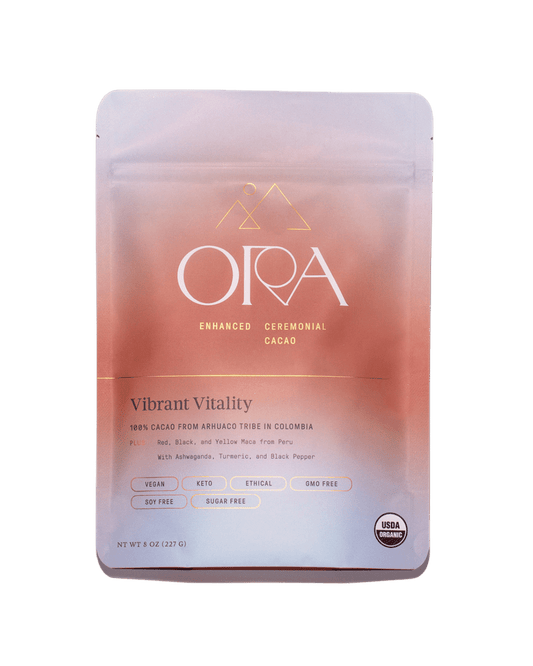In March after visiting our farming partners in Belize, we made our way to the Alta Verapaz region of Guatemala. Alta Verapaz translates to 'mountains of true peace' and the mountainous tropical landscape creates the perfect growing conditions for cacao trees. 4x4 trucks are often required to make it up the slightly perilous dirt roads, and this beautiful yet rugged terrain has protected the indigenous communities from external cultural influence for thousands of years.
We traveled with our amazing guide Roy, who speaks English, Spanish and Q'eqchi' Maya, and also has very sweet grandparents that hosted us for a night when our plans shifted mid-trip. The highlight of our time in Guatemala was our visit to the Chivite community that grows our Glowing Guatemala cacao.
Chivite is made up of a community of 150 families, and they make 90% of their income from their cacao crop. They are organized in an association model, with ten of the twenty-five certified organic farmers making up a communal leadership council.
To get to their homes and farms, we walked the better part of an hour up and down steep slopes and crossing a precarious cable footbridge across the Cahabón River. We were welcomed with open arms into a place that felt like cacao Narnia. We walked along the river amongst thirty-year-old cacao trees lining the hills, sprouting vibrant red, yellow and green pods. With no electricity or roads in the area, it felt as if we were in a completely different world. Surrounded by nature, we felt peaceful, and calm as we explored the trees and learned about their ancient cacao rituals.

Where the Cahabón & Lanquin rivers meet. This is where our Glowing Guatemala cacao comes from.
Historical Context
There are 24 different Maya cultures within Guatemala, with 23 distinct languages. The district of Alta Verapaz has 17 towns, and the Q’eqchi’ Maya are the largest indigenous group in the area. When the Spanish came they had a hard time conquering the Q’eqchi’ people because they were good fighters and knew the mountainous land well. So instead, the Spanish introduced Catholicism to exert control, and you can see the evidence of this today as many rituals are a mix of Maya & Christian practices.

Cacao For Mother's Day
Our Guatemalan cacao is infused with the nourishing mothering energy of the jungle it comes from, and children were a joy-filled part of our visit to the Chivite community. The Q'eqchi' adults drink cacao up to three times a day, and it is common for children to join them in their daily rituals.
Mother's Day is a wonderful opportunity to share some delicious drinking chocolate with your mother, or any mama's in your life! A simple ceremony suggestion:
- purchase or cut some fresh flowers for a centerpiece
- make some ceremonial cacao
- take turns sharing what you love about each other with each sip.
And if you live in a different place, you could always surprise your mom by sending her a cacao starter kit so she can give it a try on her own. Yum!

Learning about ancient cacao rituals nestled among the cacao that goes into our Mayan Spice blend.
Making Cacao The Traditional way

One of the senior farmers, Mateo, was our host for the day. While we toured the farms, we discussed everything from their specific cacao farming techniques to economic discussions and their longterm goals for purchasing more land for their children to continue farming.
When it came time for lunch we sat in a room with twenty men (besides Elsa & Sena) and Mateo did a blessing by smoking Copal resin and praying for our health before we started our meal of caldo, a delicious traditional chicken soup.

After some more time amidst the cacao trees, we entered the kitchen space of Mateo's home, and Elena, his wife, and the women showed us their cacao making process. To begin they roasted the beans on a round clay comal over a wood fire, intuitively moving and rotating them by hand so they wouldn't burn.

Once the roasting process was complete, we all pitched in and shelled the cacao beans by hand. We learned the delicate process of rubbing our two hands back and forth quickly while applying just the right amount pressure to a hot cacao bean in-between so that five seconds later we'd reveal a perfect whole cacao bean.

Next, our host began working on the large stone metate which you see pictured here. First, she ground fresh spices and herbs from the farm, like achiote, cardamom, and allspice into a paste on the large stone, which released an incredible aroma. Next, she added the freshly roasted cacao beans, which take some serious muscle and well-practiced technique to grind. Without electricity, the stone grinder is the primary tool to grind corn, grains, and cacao.

The end result was a delicious, fresh rich cacao paste, not unlike our Mayan Spice cacao. I then prepared our Glowing Guatemala cacao for all in attendance, sharing how we use a handheld frother with hot water and our cacao discs to prepare our cacao. Sharing our two cacao recipes with each other for a truly heart-opening cross-cultural cacao ceremony left us all with broad smiles.
More Photos!


 \
\





